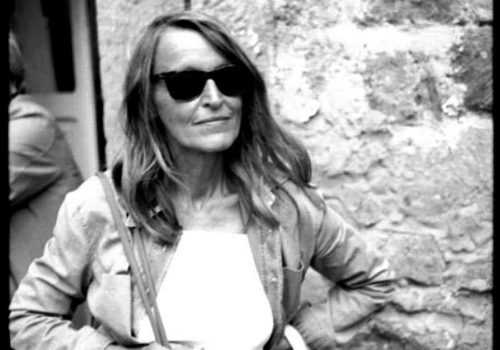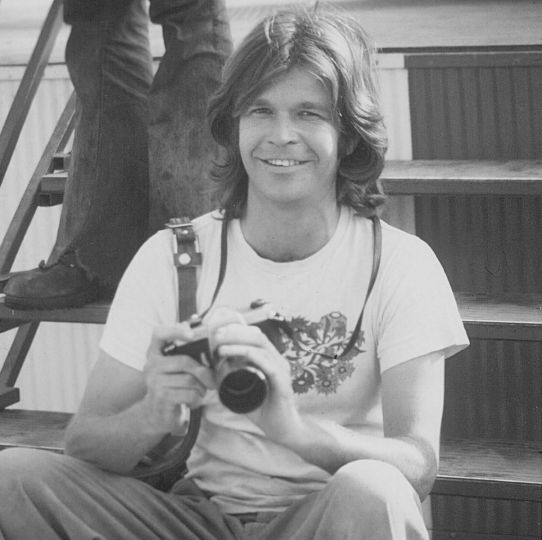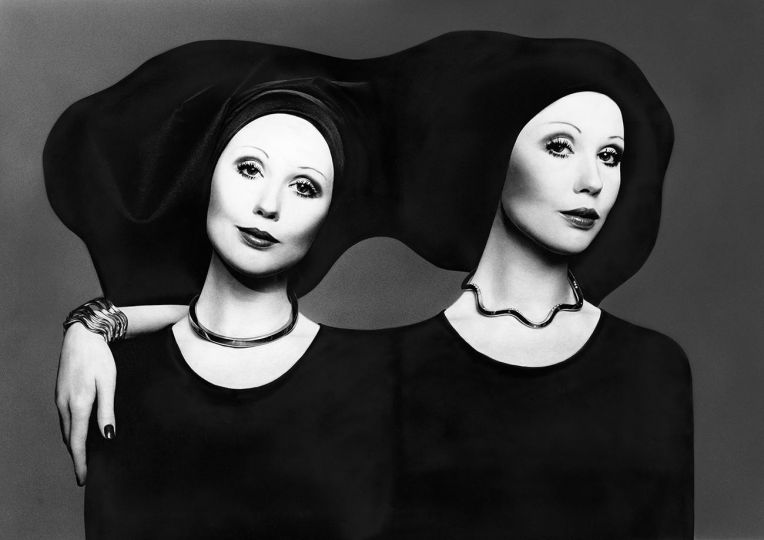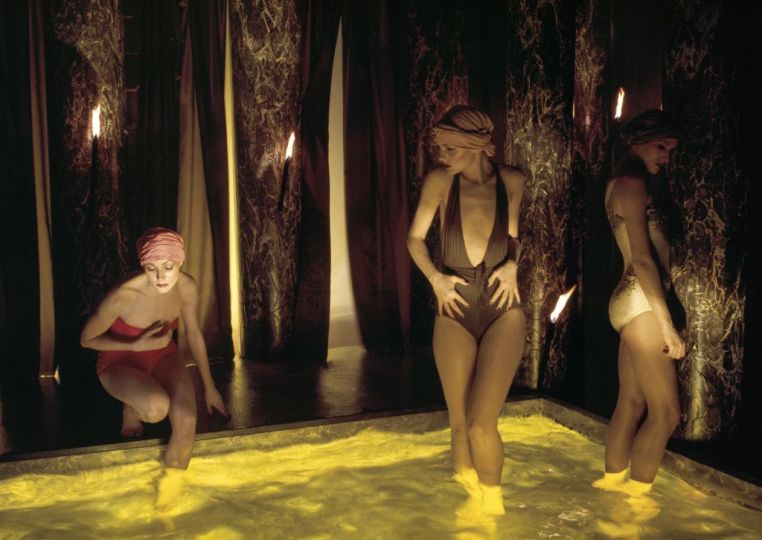Elisabetta Catalano’s funeral took place in Rome, many friends and people payed tribute to a woman who loved art and photography. It seems strange, that she is not with us anymore. But she left us, as a precious heritage , her portraits, her story and the stories of those portrayed by her. She used to photograph artists and intellectuals.
As a self-taught photographer, her career began by chance, as she put it, when as a young girl she had a role in the film Otto e mezzo: she didn’t want a career as an actress, instead she started taking pictures on the set. Federico Fellini let her take backstage photos, which were later published by L’Espresso and Il Mondo magazines. Fellini himself visited Elisabetta’s studio several times to be portrayed by her. Among the photographer’s most well-known portraits are those dedicated to the “gente di cinema”, as Monica Vitti, Florinda Bolkan, Stefania Sandrelli, Irene Papas, Helmut Berger, only to quote some of them. Many of these portraits became the icons of an era, many writers, from Alberto Moravia to Italo Calvino, Pier Paolo Pasolini and Alberto Arbasino, posed for her.
She contributed to magazines such as l’Espresso and Vogue (Italian, French and US editions).
Her first solo exhibit, in 1973, was at the Galleria il Cortile in Rome (Uomini 1973: esclusivamente ritratti di artisti). In 1978 the Polaroid Company commissioned a series of portraits of famous directors, for the exhibit Faces and Facades. In 1980, her portraits were on stage at the Musée Carnavalet in Paris. She had an important retrospective at the Galleria nazionale d’arte moderna in Rome (1992) and an exhibit with her portraits of Fellini (together with Milo Manara works) at the Istituto Italiano di Cultura in New York (1994).
Then many other shows followed, where her intense studio portraits have always been key players. As in Ogni sera con Elisabetta at the Galleria Pio Monti, when the photographer met people for the theme 19 evenings for 19 portraits.
Among her most recent exhibits, her participation at the retrospective on Vettor Pisani at the Museo MADRE, in Naples and at Le Collezioni, Non basta ricordare at the Museo MAXXI in Rome .
Elizabetta has always been involved in the art world, since the beginning of her career in the early 70s, with the exhibition at the Cortile di Roma, with portraits of Alighiero Boetti, Joseph Beuys, Enrico Castellani and Joseph Kosuth, among others. She also attended some of the most important international events as Documenta in Kassel and the Biennale di Venezia. She used to work with conceptual artists as Michelangelo Pistoletto, Vettor Pisani, Fabio Mauri, Sandro Chia, Mimmo Rotella, Cesare Tacchi, Gino De Dominicis, sharing their creative processes and creating, with them, photographic sequences which reenacted performances in her studio, as a peculiar genre.
Elisabetta in the half century of her career outlined the world of art and culture representing its protagonists, thanks to her curious look on people and the world.
















